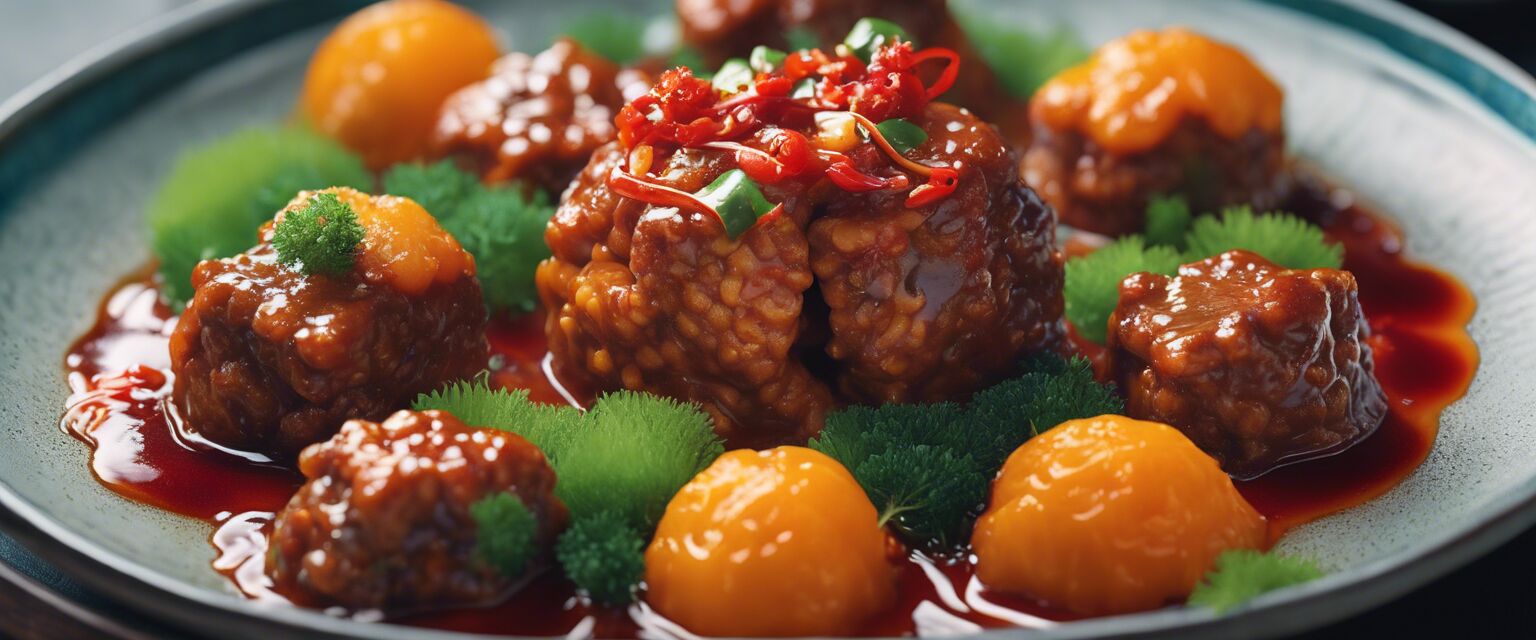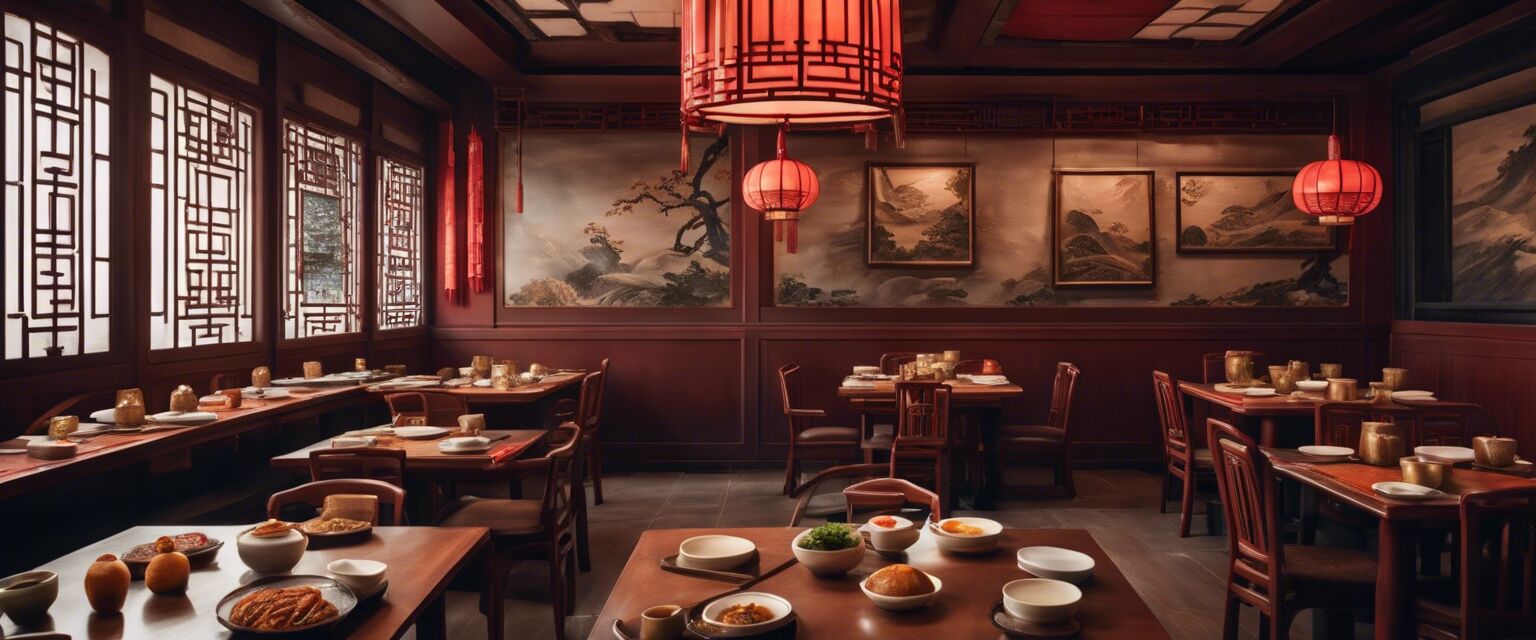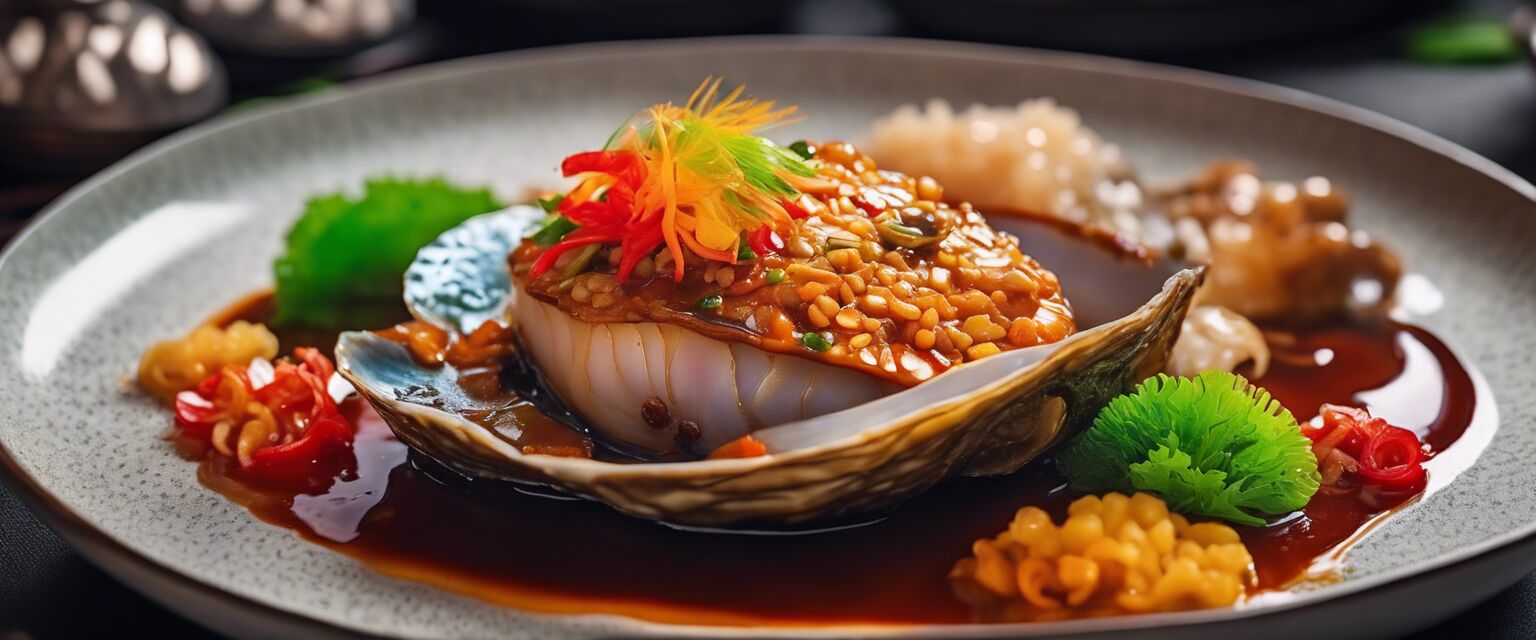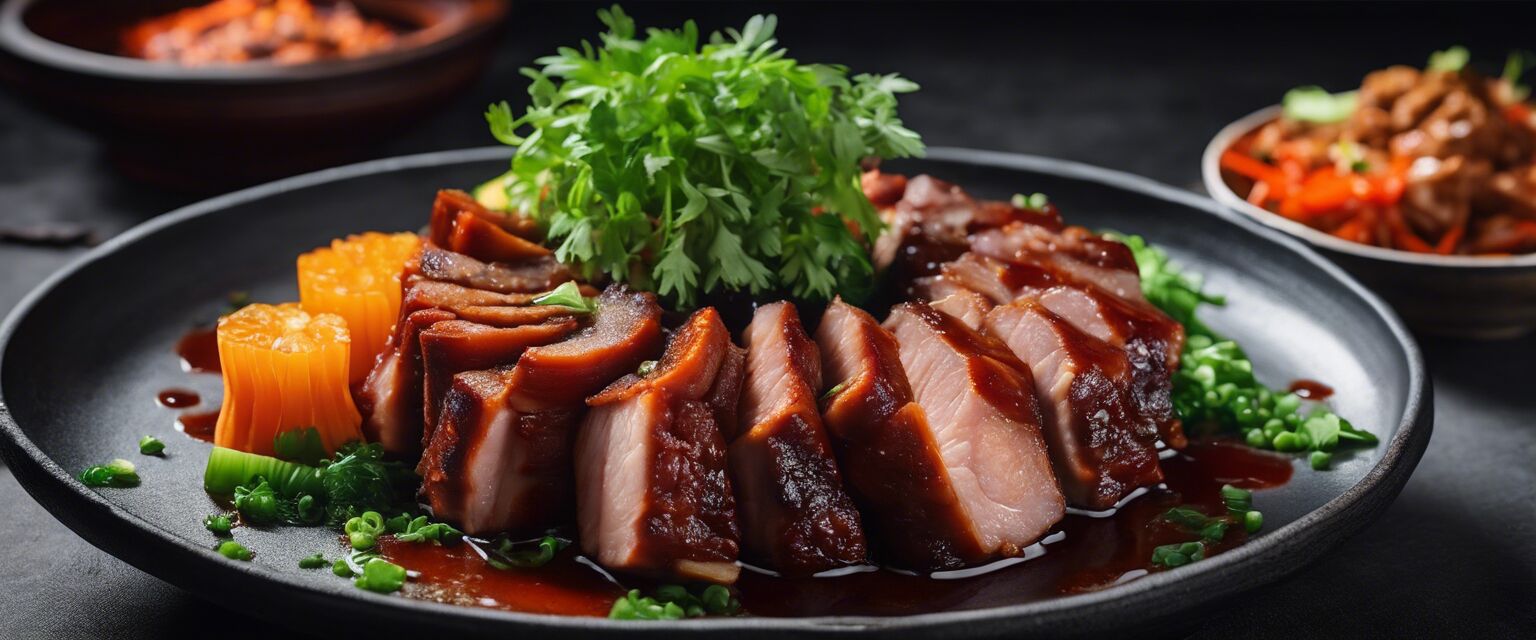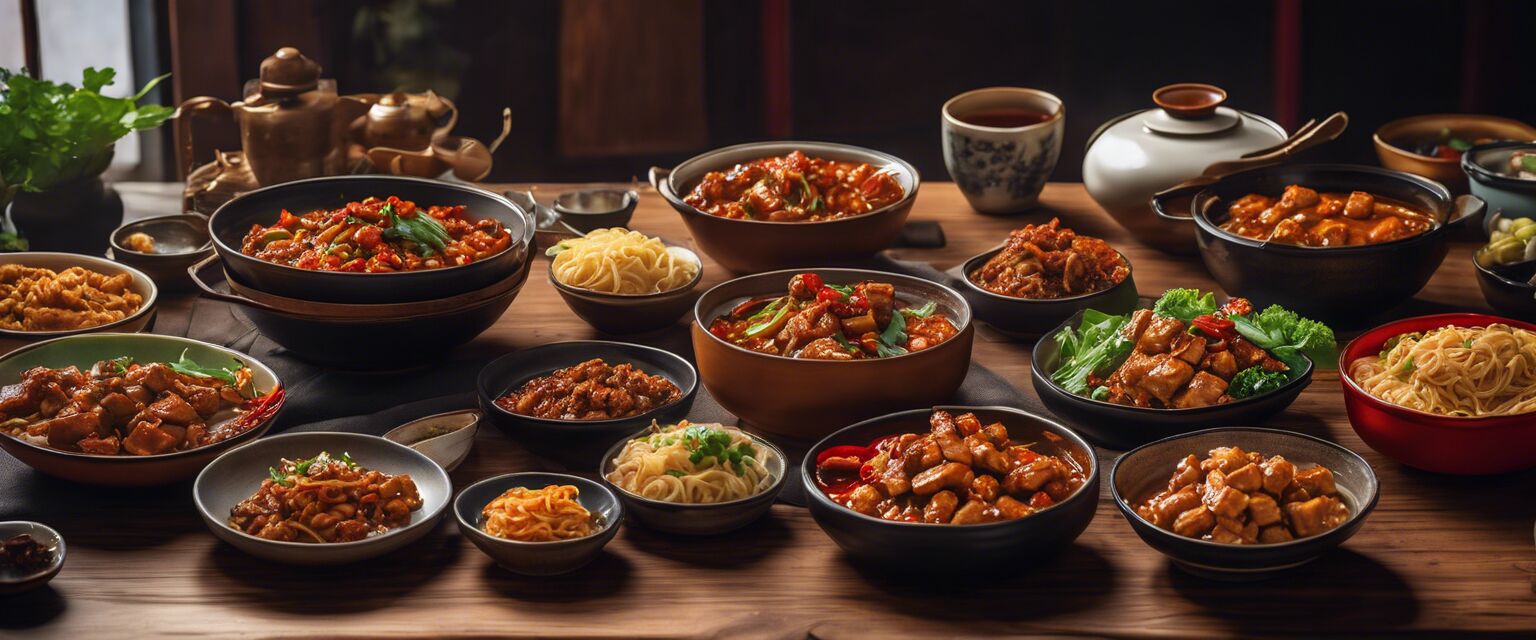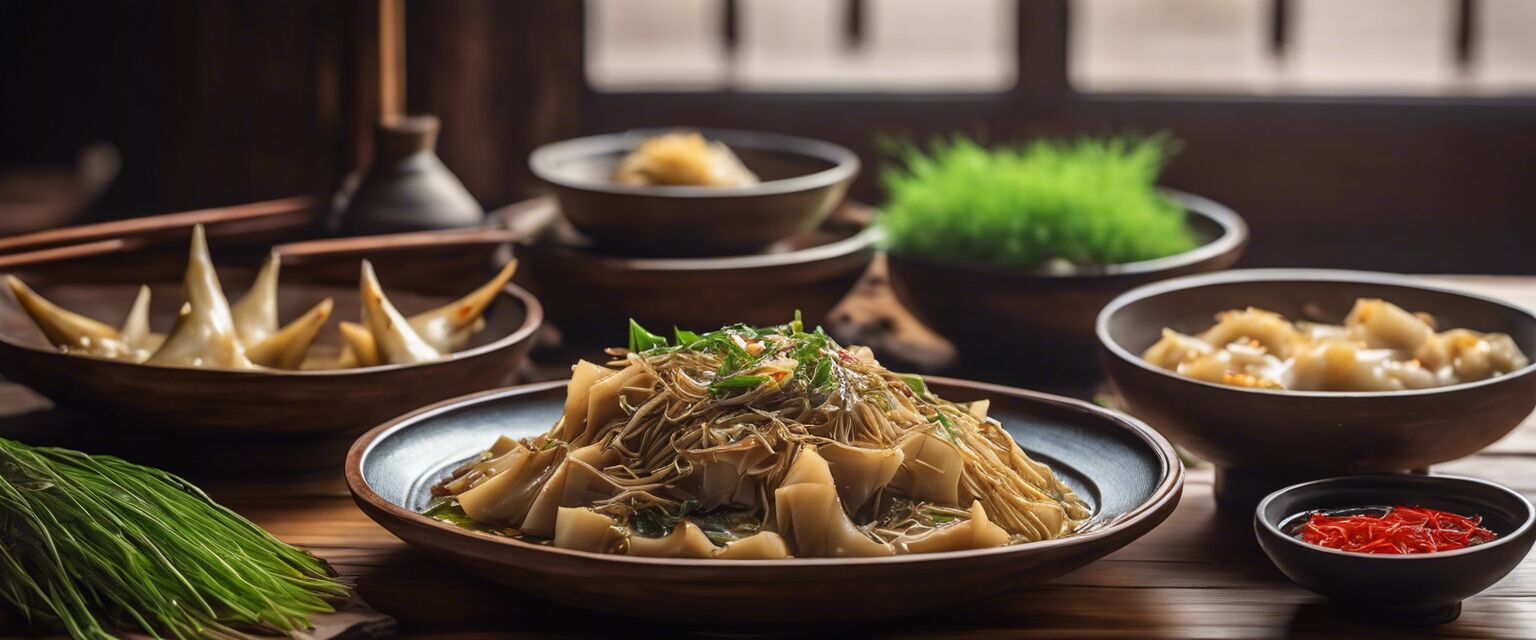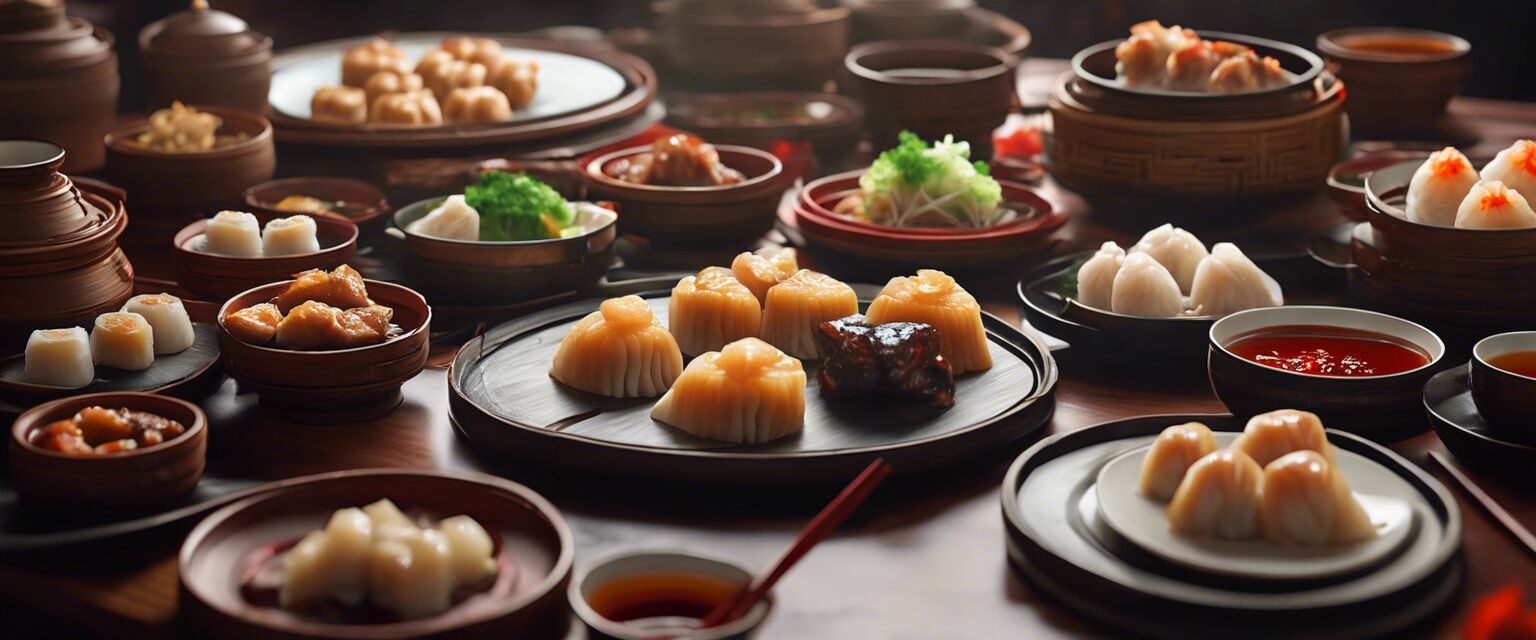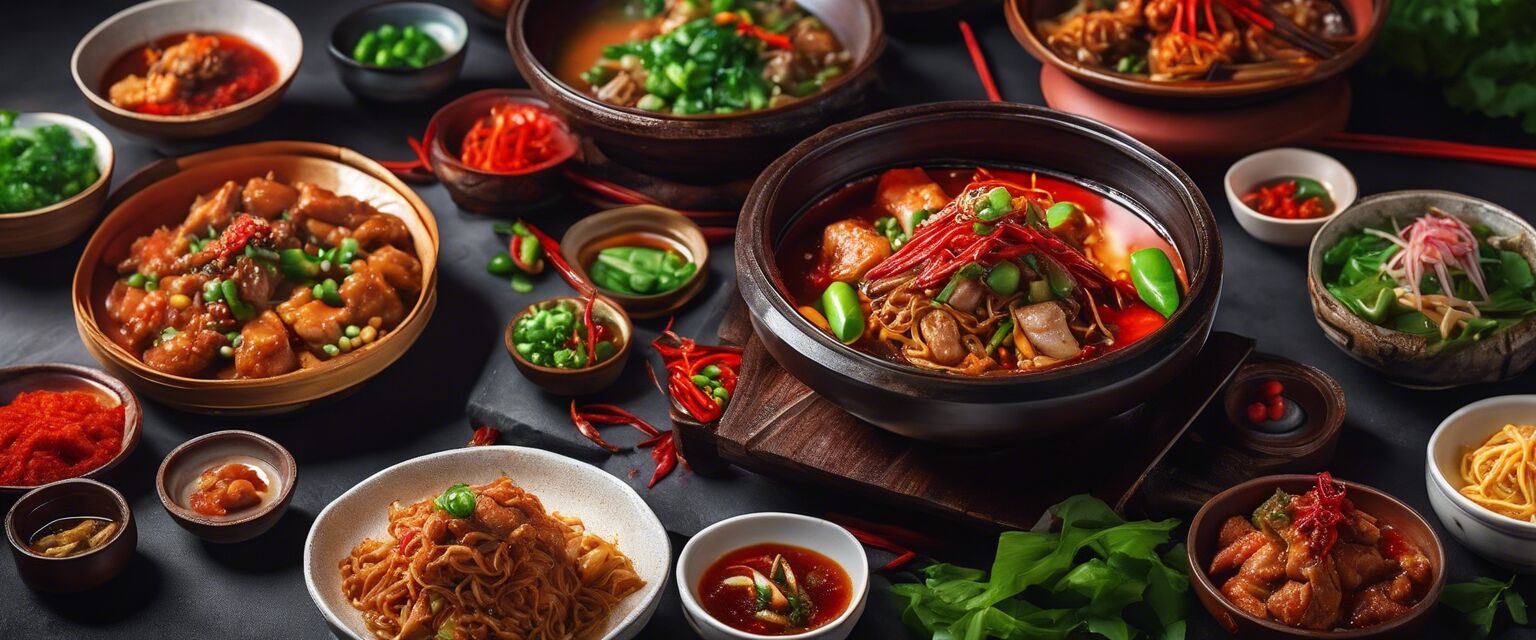
Chinese Street Food
Key Takeaways
- Chinese street food offers a wide variety of flavors and textures.
- Popular street food items include Jianbing, Baozi, and Stinky Tofu.
- Street food represents a significant part of Chinese culinary culture.
- Each region has its unique snacks, showcasing local ingredients and traditions.
Chinese cuisine is a treasure trove of flavors, and its street food scene showcases this diversity beautifully. From the bustling night markets to food stalls on every corner, there's an exciting range of snacks waiting to be discovered. This article explores some iconic street food options and why they are beloved by locals and tourists alike.
Popular Chinese Street Food Items
| Dish | Description | Region |
|---|---|---|
| Jianbing | A savory crepe filled with egg, scallions, coriander, and spicy sauce. | Northern China |
| Baozi | Steamed buns filled with meat or vegetables, often served as breakfast. | Nationwide |
| Stinky Tofu | Fermented tofu with a strong odor, often fried and served with chili sauce. | Taiwan, Southern China |
| Chuanr | Skewered and grilled meat, often seasoned with cumin and chili. | Northwest China |
| Scallion Pancakes | Flaky and crispy pancakes made with dough and scallions. | Nationwide |
1. Jianbing

Jianbing is often classified as the champion of Chinese breakfast foods. Vendors prepare it on a flat griddle, where a thin layer of batter is spread and topped with an egg, followed by crunchy wonton strips, and a drizzle of spicy or sweet sauce. The combination of textures and flavors makes it a popular choice to start the day.
2. Baozi

Baozi are fluffy steamed buns filled with a variety of ingredients, including pork, vegetables, or even sweet red bean paste. They're a comforting and filling snack that can be enjoyed any time of the day. The versatility of Baozi makes it a staple street food throughout China.
3. Stinky Tofu

This unique dish has earned its name due to its strong odor, which might be off-putting for some. However, those who appreciate it often describe it as crunchy on the outside and soft on the inside, usually enjoyed with a side of spicy sauce. Stinky Tofu often leads to spirited discussion among food lovers.
4. Chuanr
Chuanr, or grilled skewers, is another beloved street snack, especially in cooler months. Vendors grill everything from lamb to vegetables over an open flame, adding a sprinkle of cumin and chili powder for flavor. It's a social snack, often enjoyed with friends in lively markets.
5. Scallion Pancakes
These crispy pancakes are a marvel of texture. Made from dough and rolled with chopped scallions, they are fried until golden and flaky. Their savory flavor makes them a favored snack across the country.
The Culture of Chinese Street Food
Street food is not just about satisfying hunger; it's a major part of cultural identity in Chinese cities. Vendors often serve their specialties passed down through generations, making each bite a taste of history.
Typical Street Food Markets
In cities like Beijing and Chengdu, night markets come alive with vibrant lights and tantalizing smells. These markets not only serve food but also create a communal space where locals gather to eat, socialize, and enjoy live performances.
| Market | Location | Specialties |
|---|---|---|
| Wangfujing Night Market | Beijing | Skewers, candied fruits |
| Shenzhen Street Market | Shenzhen | Seafood, dumplings |
| Taipei Night Market | Taipei | Stinky Tofu, Bubble Tea |
Conclusion
The world of Chinese street food is not only diverse but also deeply rooted in tradition and culture. Each dish tells a story and represents a part of the communal eating experience cherished across generations. Whether you find yourself in a bustling market or a quiet street corner, the delicious offerings of street vendors invite you to explore the rich tapestry of flavors that make Chinese cuisine truly remarkable.
Tips for Enjoying Chinese Street Food
- Don't be afraid to try something new; street food is all about adventure.
- Look for stalls with long lines; this often indicates fresh and tasty food.
- Carry some cash; many vendors may not accept cards.
- Try to go during local festival times to experience unique regional offerings.
Pros
- Wide variety of flavors and dishes.
- Quick and affordable meal options.
- Opportunity to experience local culture and traditions.
Cons
- Quality and hygiene can vary between vendors.
- Crowded markets might be overwhelming for some.
- Some dishes may have strong flavors that arenât for everyone.
If you're interested in learning more about Chinese cuisine or looking for specific recipes, check out our Acupressure Tools, Aromatherapy Oils, Dietary Supplements, Herbal Teas, and Natural Skin Care sections.
